 |
| Our first American Redstart of the season and wow, what a looker! |
Our third week of spring banding this year was marked by rain and I mean A LOT of rain. At various points throughout the week, the water from the Bay rose so high that waves were crashing across the road! Our Audubon PA colleague who surveys/monitors for Piping Plovers in the park had to use chest waders to walk out to her survey route, there was that much water. And then, just when we thought Mother Nature had given us enough of a blow, we got freezing temps towards the end of the week including some snow/wintry mix. Needless to say, this was not ideal for the birds that had migrated early into the area nor for the birds that were already nesting. With bird safety always at the forefront of our research, there were several days where we either choose not to band at all or only banded for a reduced number of hours. We were, however, still able to end the week with banding demos for the Festival of the Birds participants.
Monday, May 1st, researchers from Powdermill Avian Research Center came to visit us at our banding station. We always enjoy when other researchers in the same field come to visit us because each visit quickly turns into an ideas/field notes exchange. It just so happened that we caught more (Western) Palm Warblers that day than the one bander has caught where she works over the last several years combined (and they band year round). This allowed her to gain a better insight into the molt patterns of this particular species, a species that is notoriously difficult to age. I oftentimes feel that Palm Warblers are an overlooked species in the spring perhaps because they are not as flashy as some of the other warblers but we are very fortunate that we have rather significant numbers of them because, only a few hours to the southeast of us, they hardly see any. Plus, this species winters in the southern US into Central America and breeds much further north of us in the boreal forests of Canada so, we really only have the few weeks they spend with us on migration to enjoy them in all of their tail-wagging glory.
 |
| A very nice looking Palm Warbler wing. Three of its greater coverts have a rusty edging that you otherwise don't normally see. |
 |
| Powdermill researchers compare the wings of two (western) Palm Warblers, trying to determine the age of the birds. |
With banding being cancelled due to heavy rains, comes office work:
 |
| Registering the wav frequencies of our nanotags |
But, with storms, also come beautiful sunrises in the park:
As aforementioned, the week ended with Presque Isle Audubon's annual 'Festival of the Birds'. Despite the rain and cold temps, every participant still left with a smile on their face, whether it was from spotting a rarity in the park during one of the guided tours or from getting to watch bird banding up close during our banding demos. An estimated 140 different species were spotted in the park over the weekend and although that isn't the highest count for a festival weekend (that still stands at 172), it is still a rather significant number for what was otherwise a not-so-great week for migration.
 |
| Banding demo on Saturday afternoon. |
 |
| Dr. Sarah Sargent releasing a banded Yellow Warbler during the Festival. |
 |
| Visitors watching as we banded the first Common Yellowthroat of the season. |
All in all, we had a fun and productive week.
Here are the weekly totals by species:
Magnolia Warbler: 2
Nashville Warbler: 2
Ruby-crowned Kinglet: 13
American Redstart: 1
Black-and-white Warbler: 3
Yellow-rumped Warbler (Myrtle): 6
Palm Warbler (Western): 53
Yellow Warbler: 13
House Wren: 4
Black-capped Chickadee: 2
Common Yellowthroat: 2
White-throated Sparrow: 15
Gray Catbird: 9
Wood Thrush: 1



